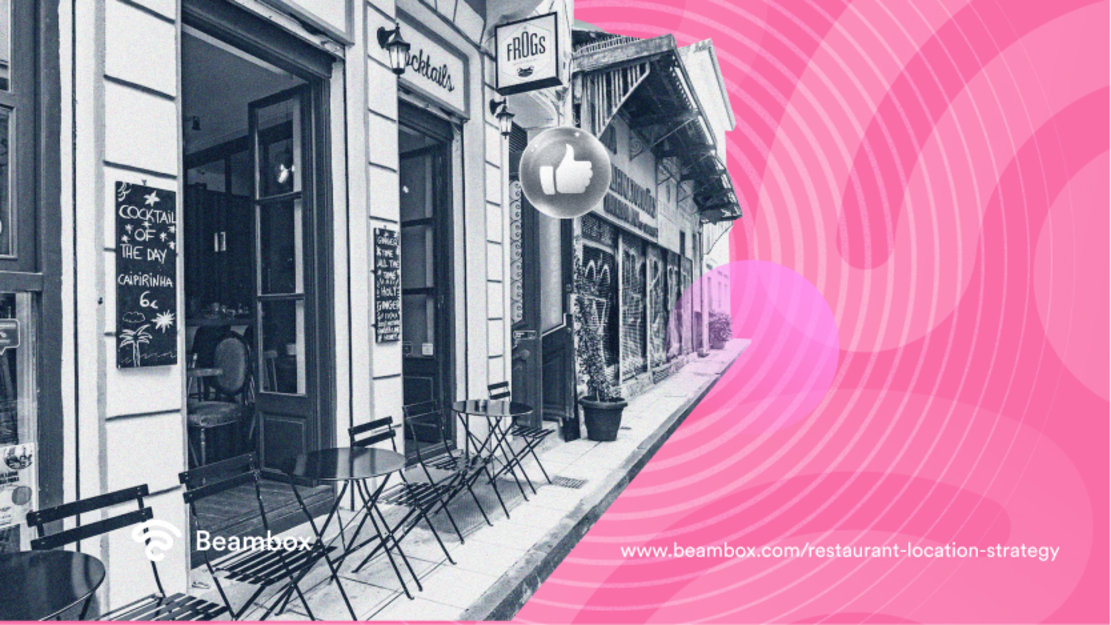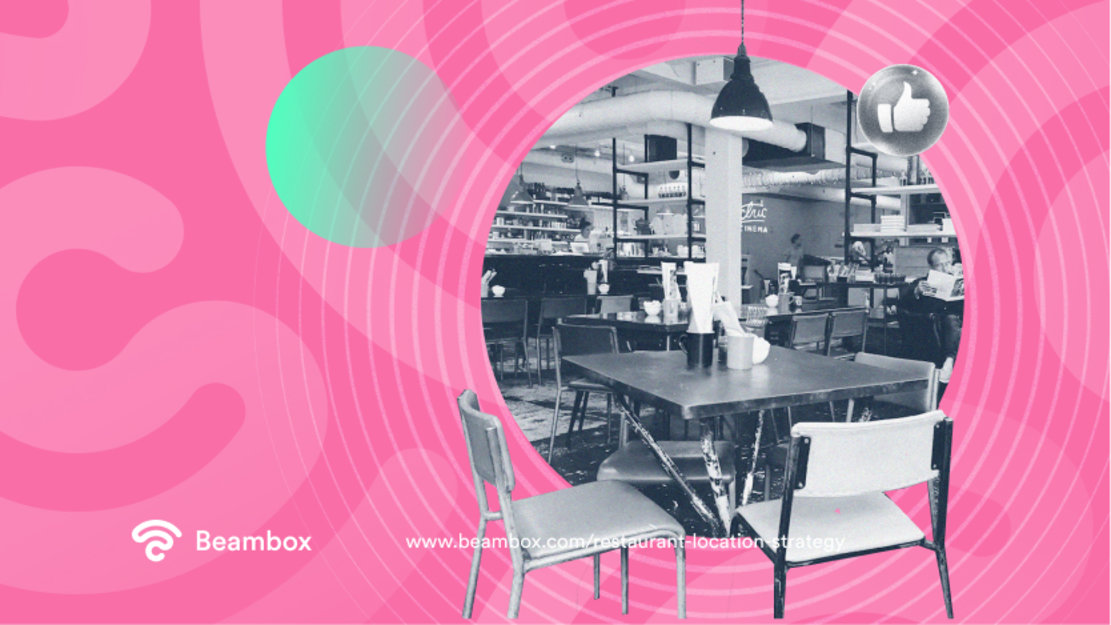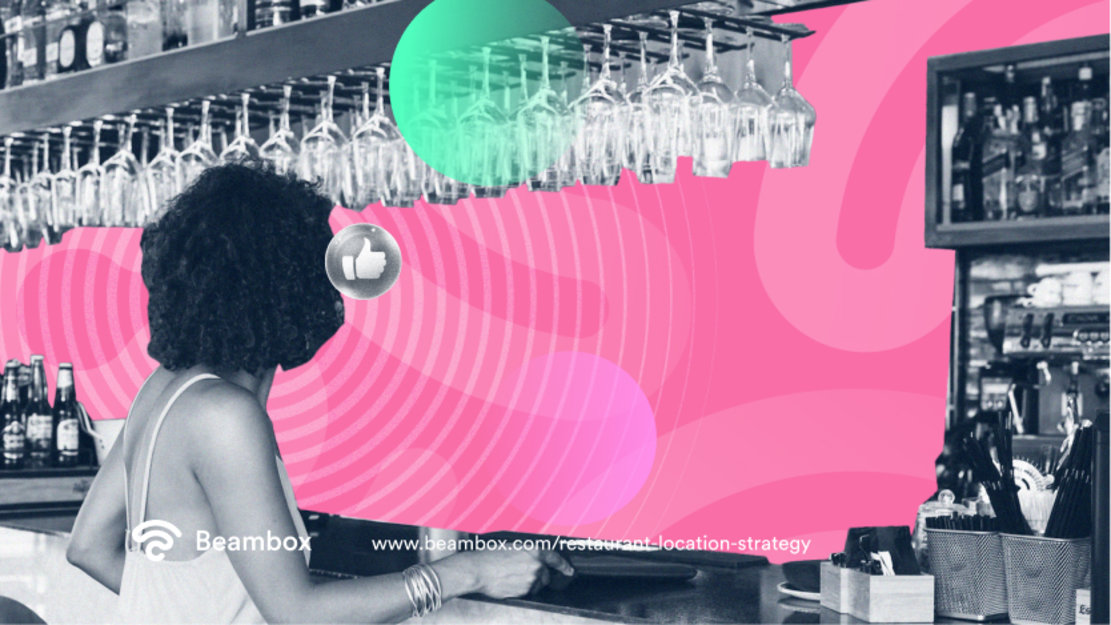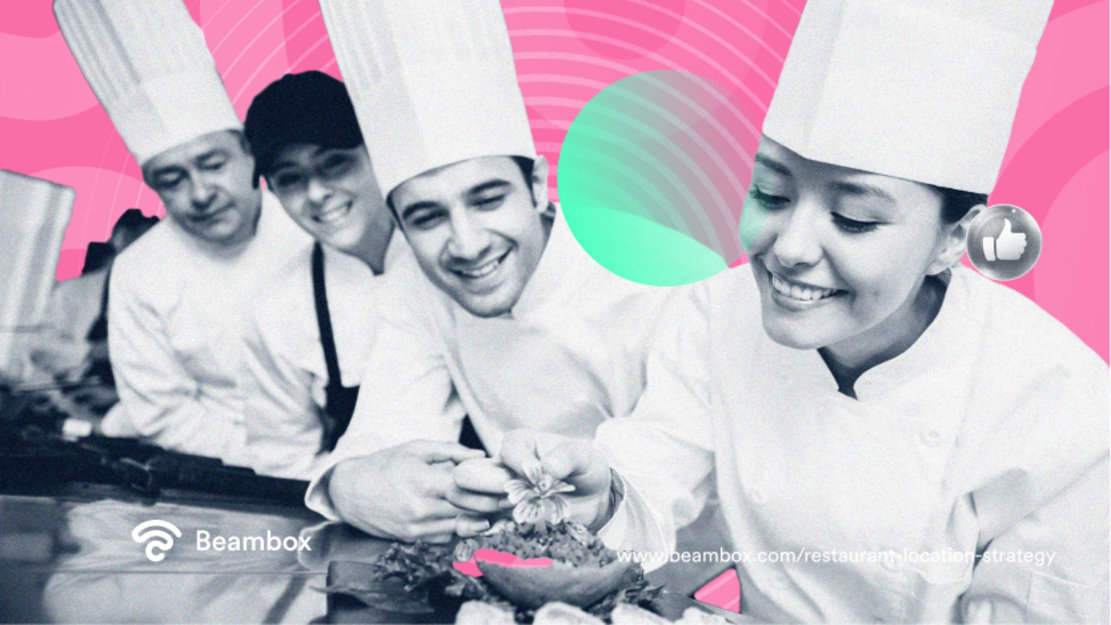Restaurant Location Strategy: The Ultimate Guide
Are you considering opening your restaurant but need help choosing the perfect location? You’re not alone. The location of a restaurant is one of the most critical factors determining its success. In this guide to restaurant location strategy, you will read everything you need to know to decide on the best location for your restaurant.
From understanding the regulations to assessing the competition, this guide will show you everything you need to know. Get ready to learn the ins and outs of restaurant location strategy to help your business thrive in the food industry!
What Is a Restaurant Location Strategy?

A restaurant location strategy is about evaluating various locations and deciding which is most suitable for your business. When it comes to opening a restaurant, you must consider the venue’s location as one of the most important factors.
Choosing the wrong location would definitely affect your business in the long run. The hassle of moving to a new location would also cost you plenty of money and valuable time.
For example, if you open a restaurant in an expensive area, you might need high margins to have a satisfying return on your investment. Therefore, you have to factor this aspect into your business strategy. That is why it is important to analyze and plan your restaurant location strategy carefully.
6 Factors You Should Consider for Your Restaurant Location Strategy

Because failure rates of restaurants are very high, a wise decision is to take time to evaluate the location you’re considering. While it may not be the most exciting part of your business startup, it is certainly one of the most important.
Here are the six most important factors to consider for your restaurant location strategy.
Restaurant Location Strategy Factor #1: Demographics and Target Audience
The first factor to consider for a restaurant location strategy is the demographics and target audience of the selected area. You must align your restaurant with the tastes, needs, and interests of those who will dine there. This includes understanding the local culture, religious beliefs, and economic standings.
You can acquire these data with demographic segmentation using, for example, social media advertising tools. By clearly understanding the target audience, you can ensure that your restaurant caters to their needs and preferences.
Restaurant Location Strategy Factor #2: Foot Traffic and Flexibility
The second factor to consider for your restaurant location strategy is the foot traffic in the area. You must locate your restaurant in an area with enough foot traffic and visibility. Ensuring that people can easily find your business will increase the chances of success.
It is also important to consider the flexibility of the location. Is the area open to new businesses? Can you change the existing structure or interior design? These are all critical factors to consider before settling on a location.
Restaurant Location Strategy Factor #3: Amenities and Surrounding Businesses
The third factor to consider for your restaurant location strategy is the amenities and surrounding business in the area. Is the area clean and pleasant? Are there other restaurants in the area? Are there other businesses that will bring more customers to your restaurant?
These are all important questions to answer for your restaurant location strategy. Knowing what amenities are available and what businesses are in the area will give you an idea of how successful your business can be.
Restaurant Location Strategy Factor #4: Infrastructure and Utilities
The fourth factor for your restaurant location strategy is the infrastructure and utilities. You should ensure the restaurant location has all the necessary infrastructure to run smoothly and efficiently. Also, assess the quality and safety of the existing infrastructure to ensure that your restaurant will have everything it needs to operate.
Access to reliable infrastructure and utilities will make running your restaurant much easier. Researching the infrastructure and utilities available in the area will help you decide the best location for your restaurant.
Restaurant Location Strategy Factor #5: Zoning and Permit
A restaurant location strategy should also factor in the zoning laws and regulations of the area. Each state and locality has specific zoning regulations for restaurants that you must adhere to, including the food served, the hours of operation, etc.
Researching your chosen area’s zoning regulations is essential to ensure you comply with all applicable laws. Failing to do so can cause hefty fines or even the forced closure of your business.
For example, some areas may allow only certain types of restaurants to operate in a specific region or only allow restaurants with certain hours of operation. Make sure you know all applicable zoning regulations before making a final decision.
Restaurant Location Strategy Factor #6: Assessing the Competition
The last factor to consider for a restaurant location strategy is assessing the competition. Before you decide on a location, looking at the competition in the area is paramount.
This activity is part of your restaurant marketing strategy. Therefore, you cannot neglect it.
This includes researching the restaurants in the area, their menu offerings, and their pricing. By understanding the competition and their strengths and weaknesses, you can determine how your restaurant fits in and how you can differentiate yourself from them.
For example, if your competition focuses on a certain cuisine, you can offer something different to stand out. If restaurants saturate the area, you can look for ways to differentiate your restaurant to attract customers.
How To Choose a Restaurant Location

At this point, you may be wondering how to choose a restaurant location. Choosing the right place for a restaurant can be the difference between success and failure. Here are three elements to ensure your restaurant is on the path to success.
-
Plan your restaurant design and layout: Before selecting a location, take the time to plan the design and layout of your restaurant. This includes understanding the foot traffic growth of the area, the zoning laws and regulations, and infrastructure and utilities. Researching the competition and determining how your restaurant can differentiate itself is also essential.
-
Determine a realistic timeline: The timeline of your restaurant’s development is also a significant factor to consider when selecting a location for your restaurant location strategy. You should determine realistic timelines for opening the restaurant and plan accordingly.
-
Negotiate lease terms and complete agreements: Once you have chosen the best location for your restaurant, the next step is to negotiate a lease agreement. Review the terms of the contract carefully, as this will be a binding agreement for the entire duration of your restaurant’s presence in the area.
What Is Restaurant Location Analysis
Restaurant location analysis is an important part of the restaurant location strategy. It evaluates both internal and external factors to determine the perfect location for a restaurant.
Internal factors include assessing the infrastructure and zoning regulations. External factors include evaluating the demographics, foot traffic, and surrounding businesses.
By conducting a thorough restaurant location analysis, you can ensure that you have chosen the optimal location for your restaurant.
Types of Restaurant Location Analysis
There are different types of restaurant location analysis. We’ll explore these types of restaurant location analysis in this section. Let’s dive in!
-
Site Analysis: This involves analyzing the physical location of the restaurant and evaluating factors such as accessibility, visibility, parking, public transport, etc.
-
Competition Analysis: This involves analyzing the existing competition in the area and determining whether the restaurant can compete effectively with them. It considers factors such as the number of competitors, market share, and strengths and weaknesses.
-
Regulatory Analysis: This involves analyzing the regulatory environment where you plan to locate the restaurant, such as zoning regulations or licensing requirements.
Tools for Restaurant Location Analysis
Various powerful tools are available to help restaurant owners and managers make informed decisions about where to set up shop. From sophisticated mapping to social media monitoring tools, this section explains the most effective tools for restaurant location analysis.
-
Geographic Information Systems (GIS): One can use GIS to visualize and analyze data related to demographics, traffic patterns, and other factors that may affect the success of a restaurant’s location.
-
Census data: These data can provide information on population numbers, income levels, and other factors affecting restaurant location decisions. Moreover, you can use them later on for behavioral segmentation.
-
Social media analytics: One can use social media analytics to monitor and analyze online conversations about restaurants in a specific area. This can provide insights into consumer preferences and behavior.
Restaurant Location Strategy Examples
‘Location, location, location’. It’s the mantra of the restaurant industry, and for a good reason. From areas of high traffic to unconventional spaces, let’s look at some examples that’ll help you discover what makes a winning location.
Successful Restaurant Location Strategy Example
A successful restaurant location strategy example is the Shake Shack restaurant chain.
When Shake Shack began to expand, the company focused on selecting locations in urban areas with high traffic. They carefully considered factors such as footfall, accessibility, and nearby attractions to ensure that their restaurants would be easily visible and accessible to customers.
For example, when Shake Shack opened their first restaurant in Boston, it chose a location in the bustling Harvard Square neighborhood. The restaurant is near public transportation, surrounded by shops, cafes, and other popular eateries. By selecting a location with an impressive customer base, Shake Shack was able to attract both locals and tourists looking for a quick bite.
The company’s commitment to design and aesthetics has also helped to make their restaurants a popular destination for diners who are Instagram savvy. Shake Shack is a successful restaurant chain with locations worldwide thanks to its restaurant location strategy. The company’s commitment to quality food, unique design, and accessible locations has made it a favorite among foodies and casual diners.
Failed Restaurant Location Strategy Example

A failed restaurant location strategy example can be the case of a fast food chain that opened a new location in a remote area with little to no foot traffic or visibility. The chain, which was popular in urban areas, believed that opening in a more rural location could tap into an underserved market and capture a new customer base. However, despite investing heavily in marketing and advertising, the new location failed to attract significant foot traffic.
Why? The restaurant was in a small town with few residents, and those who lived in the area were not interested in the type of food served. The remote location also made it difficult for the restaurant to receive regular deliveries of fresh ingredients, which led to food quality issues. The high overhead costs of running the restaurant, including rent, utilities, and labor, made it difficult to profit.
Despite efforts to revamp the menu and offer promotions to attract customers, the restaurant ultimately closed its doors after just a few months of operation. This failed restaurant location strategy example does not relate to any known restaurant but serves as a reminder of the importance of selecting the right location for a restaurant.
In conclusion, picking the right location for your restaurant is one of the most strategic decisions you can make at the beginning of your journey. If you choose the right venue and area, it will pay out in the long run.
After you find the right location, consider adding a WiFi marketing solution like Beambox. It will help you learn more about your customers, automate marketing initiatives and secure your guest network.
You can start your free trial whenever you want!
Get Started With Free WiFi Marketing
Beambox helps businesses like yours grow with data capture, marketing automation and reputation management.
Sign up for 30 days free


